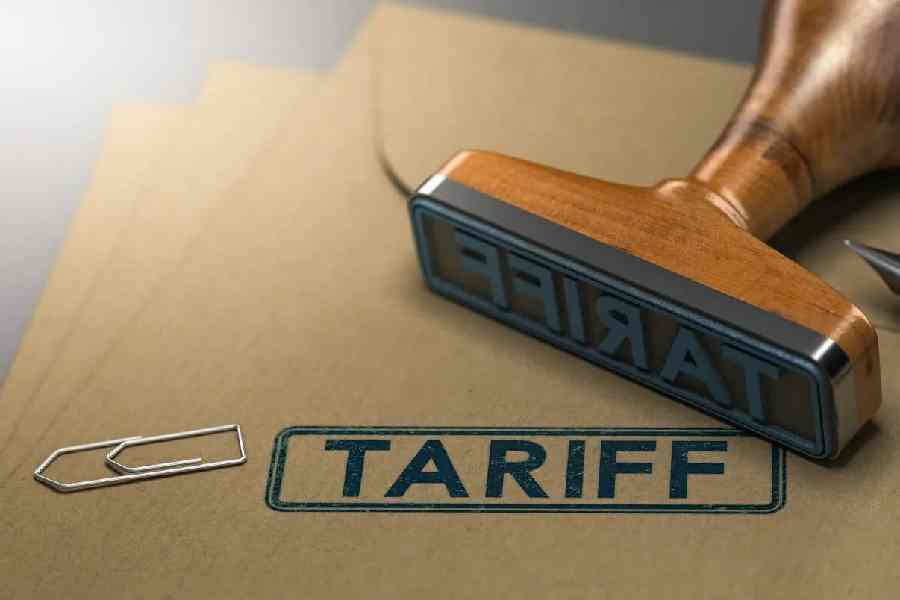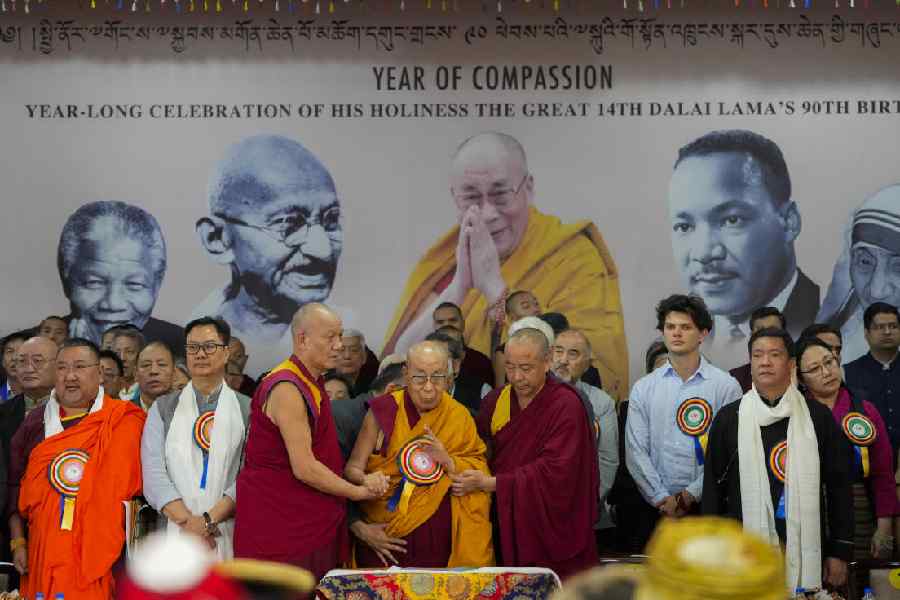While nerds and geeks across the globe celebrate yet another box-office triumph of The Force, little does one realise how much George Lucas?s Star Wars epic, for that matter any sci-fi/space film, owes its conception, and subsequent success, to the Star Trek series ? what we now see as reruns with bald aliens.
The global phenomenon for many years, Star Trek?s first series in the 60s and the more recent sequels were ?failure? for the studio bosses, and while its low budgets, poor production and bad acting is for all of us to see, its influence on English is substantial.
The terminology invented in the film ? dilithium crystals, transporters, cloaking devices, replicators, warp drives and mind meld ? are household words now (though their physics is still confusing) and phrases like ?It?s life Jim, but not as we know it? and ?Beam me up, Scotty? ? were nominated for the ?best line on the 20th century televison?.
When a Californian inventor recently patented a device that uses a laser beam to ?ionise the air so an electric current can be carried along it to kill someone?, he did not have to flounder for a name for it. He called it a phaser and everybody knew exactly what it was. Though the real device does not really make its victims vanish in a cloud of smoke or can fit in anyone?s pocket, the scientist would have a hard job making any other name stick.
The term phaser is as a blend of phase and laser. Gene Roddenberry, executive producer, said in 1968: ?Laser would have become common by the time the show got on air. We knew about the ?phasing principle? where power can be increased. Phaser was logical and sounded good.?
Another US military application under development ? something that would conceal warplanes from radars ? has been tentatively called a cloaking device ? a most self-explanatory phrase.
When a recent scientific speculation suggested it may be possible to travel faster than light, the term warp drive was ready to headline the tech journals. Warp, in fact, precedes Star Trek as it was in use since the 1930s as a term for ?distortion of the shape of space for ways of defeating the light-speed barrier?.
The series? huge fan base constitute individuals called trekkers or trekkies ? a term that now means ?oppressed minorities?.
And, in a linguistic development which could not have been imagined when the series started, the Klingon language took on a full body. The authoritative source is Marc Okrand?s Klingon Dictionary, which includes invaluable warrior-like words such as jegh (surrender) and evergreen phrases like ?tachDaq magham? (we will meet at the cocktail lounge) and ?Du?HchoHmoH mlv vam? (this helmet suits you).











